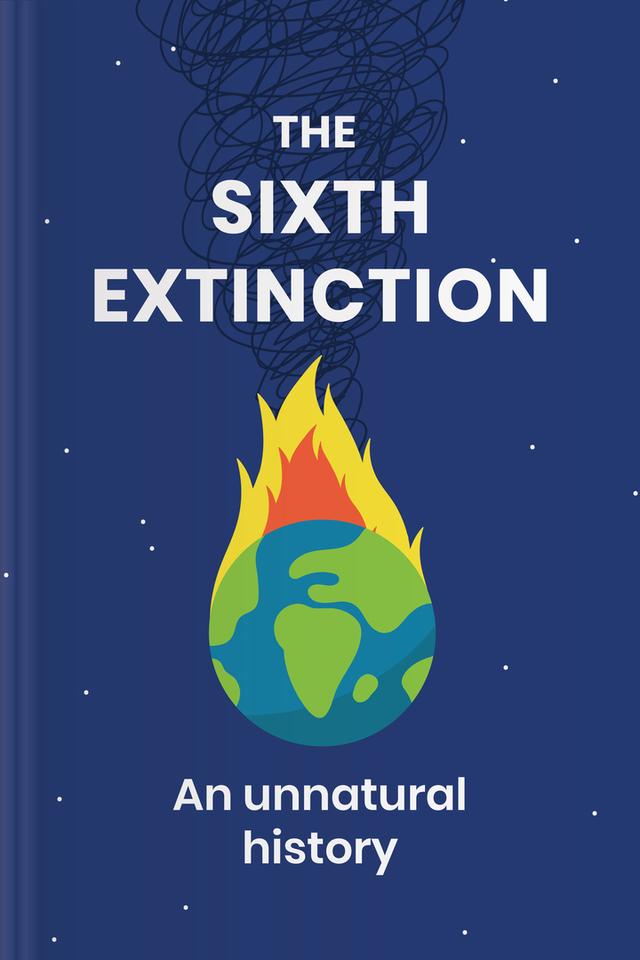You’ll learn
- Why fungi are a deadly species
- The theory of natural selection
- What happened to dinosaurs
- About the dreadful fate of the reefs
russia has launched a full-scale war in Ukraine. Donate to support Ukraine and protect the world’s peace.

first KEY POINT
Golden frogs used to be an integral part of Panamanian fauna — used to be because they are now on the verge of extinction. In 2002, researchers and graduate students who arrived in El Valle de Antón to study frogs couldn't find any specimens. The riverbanks, once bright yellow with the distinctive presence of golden frogs, were now barren or strewn with the corpses of toads. Extinction affected not only golden frogs; scientists reported the disappearance of other rare species of toads around the world.Amphibians have a reputation as highly resilient animals. They existed long before the dinosaurs and managed to adapt to various climate changes. You may find frogs in almost every part of the world except Antarctica; some are doing just fine in the deserts, and others are comfortable above the Arctic Circle. What happened to wipe out the whole population of golden frogs? The blame is on the chytrid fungus microorganism — when in contact with toad skin, it can cause a heart attack. It is spreading through the world like a plague, and, as one theory suggests, humans speed this process up by exporting frogs from one continent to another.
Mass extinction is not a recent trend; planet Earth witnessed five such events and is now stepping into the sixth. This modern one, however, is different. It is not cataclysms and natural climate change that caused it; we are orchestrating the sixth extinction by chopping down forests, polluting the atmosphere, and altering balanced ecosystems. Stay tuned to learn more about the disastrous effects of human consumption and the prognosis for future environmental events.
second KEY POINT
Until the nineteenth century, the notion of extinction was unknown. People believed the composition of flora and fauna had always been the same, even though they could occasionally find the fossils of bizarre creatures. French scientist George Cuvier was the first to promote the idea that the species would die out. In the early nineteenth century, he examined the remains of a strange beast from Siberia and another from Ohio, concluding that those two animals had no analogs in the animal kingdom. Those specimens would later become known as the mammoth and American mastodon, respectively.The fascination with fossils grew among the aristocracy; they hired people to find specimens for their collections. One such specialist was Mary Anning, who found truly extraordinary remains — the fossils of ichthyosaur. It started a new era in paleontology; everyone was hunting for another specimen of dinosaurs. But one question baffled scientists — what kind of crisis could have caused the extinction of such unique animals?Around the same time, another player entered the scientific game — young Charles Darwin. Darwin developed the theory of natural selection after a round-the-world voyage, where he observed the wildlife of South America and Australia. He stated that new species evolve from ancestral ones through adaptation to changing conditions. Those less equipped to survive in a new environment or unable to compete effectively for resources were more likely to die out. This process of species evolution can span lengthy periods, often going unnoticed by people.

Continue reading with Headway app
Continue readingfirst KEY POINT
second KEY POINT
third KEY POINT
fourth KEY POINT
fifth KEY POINT